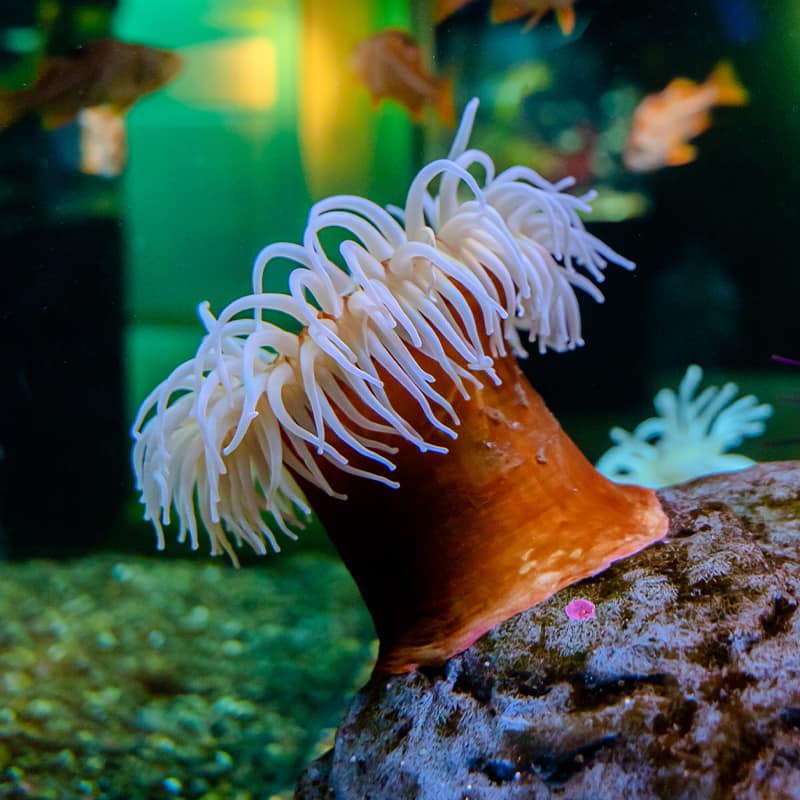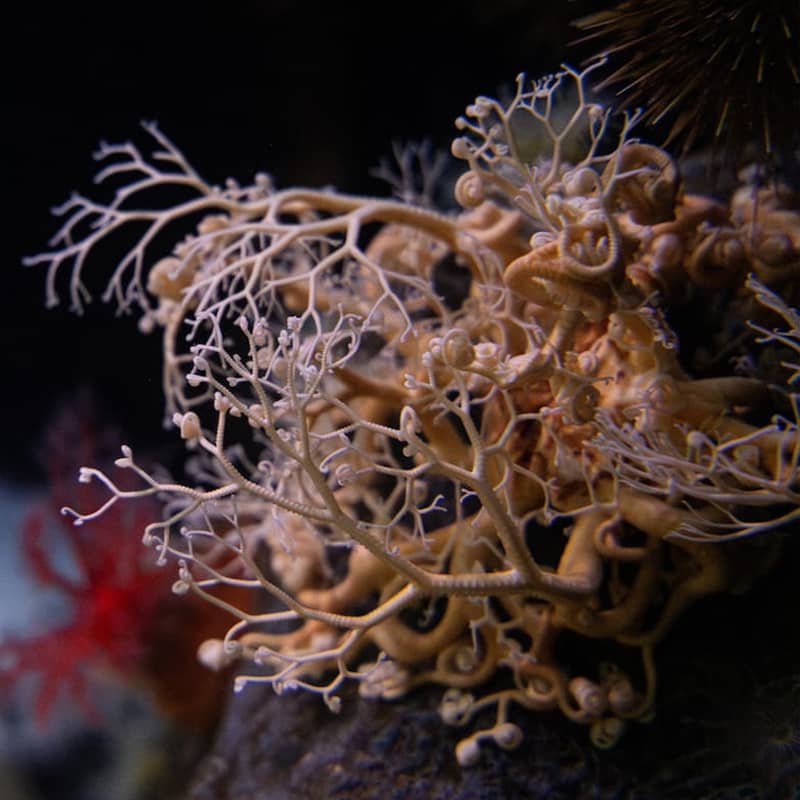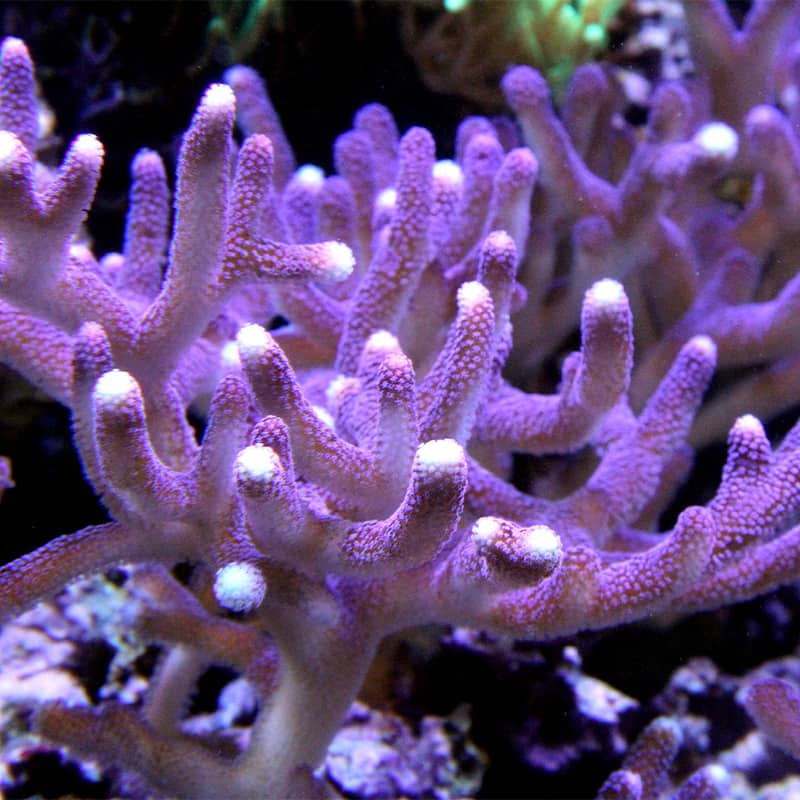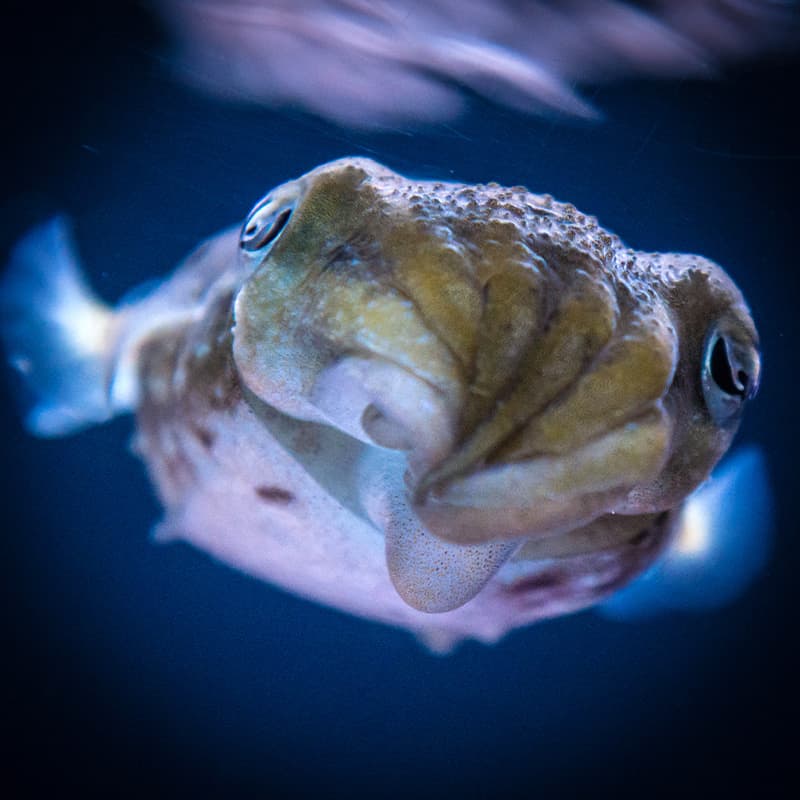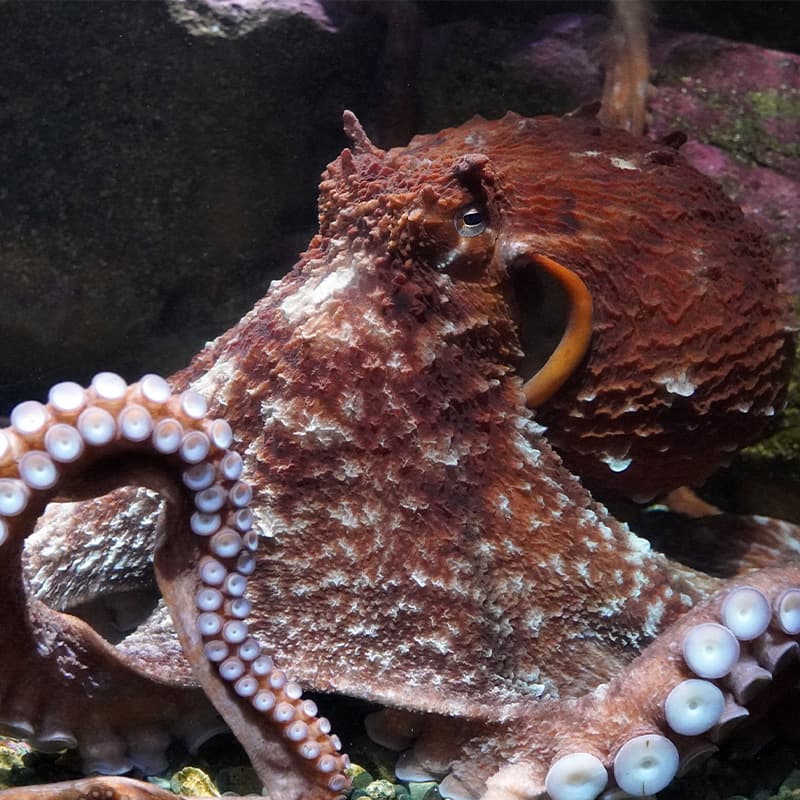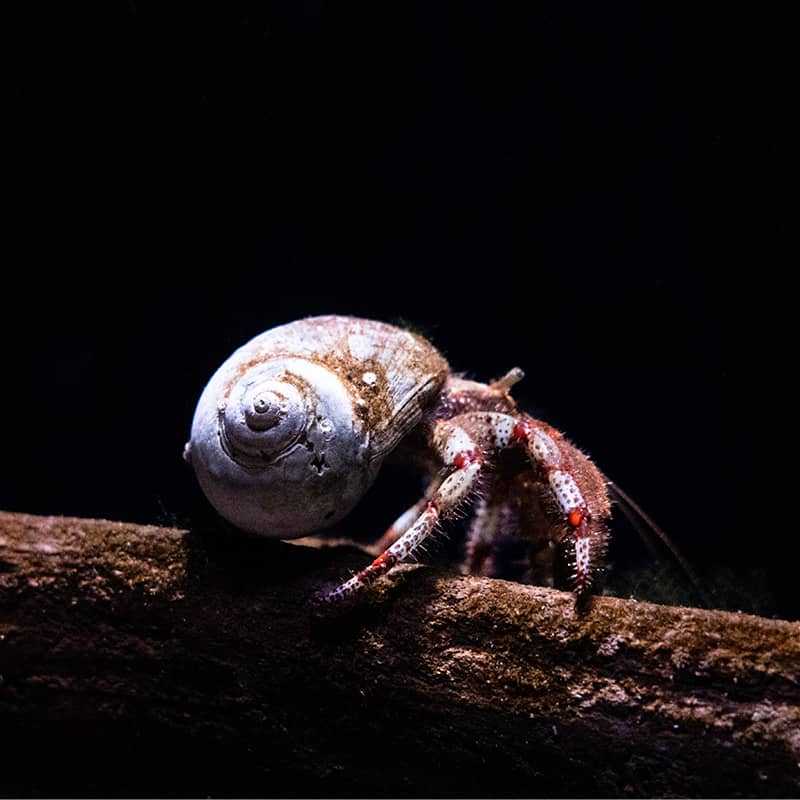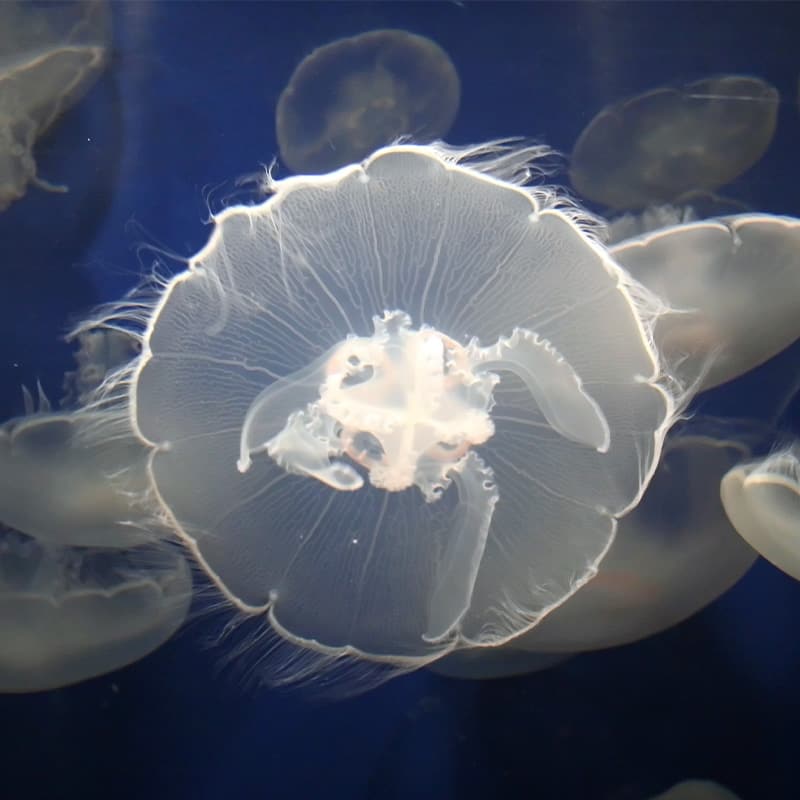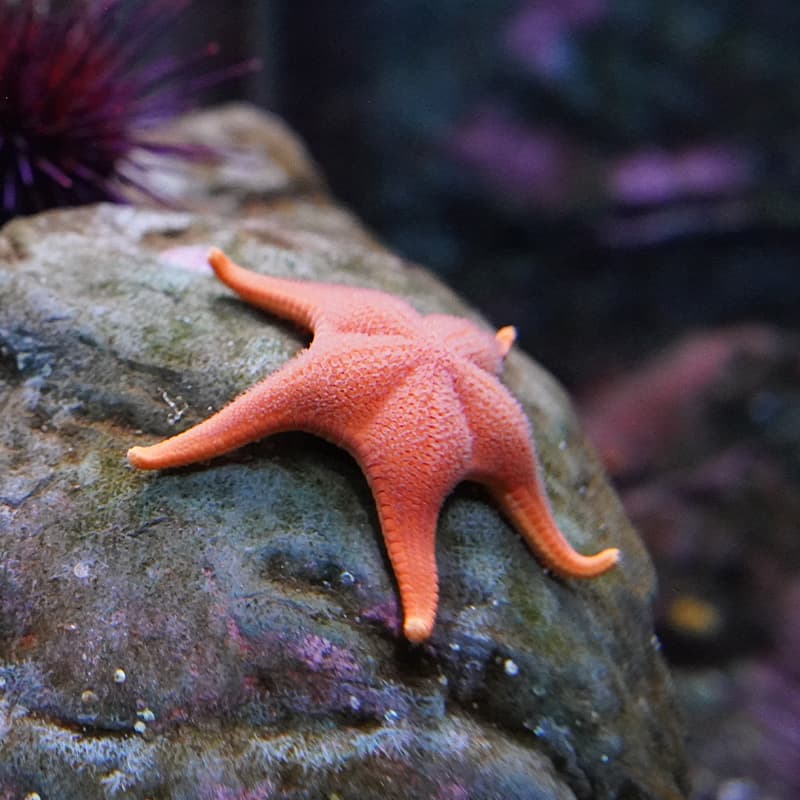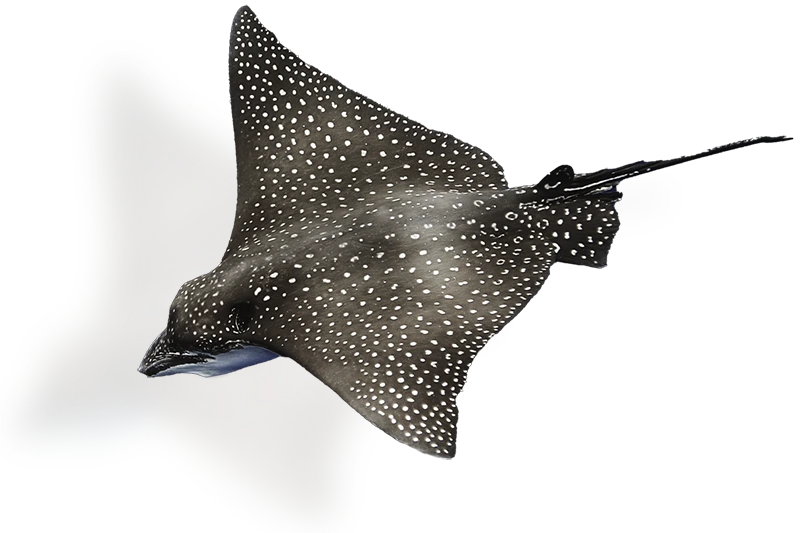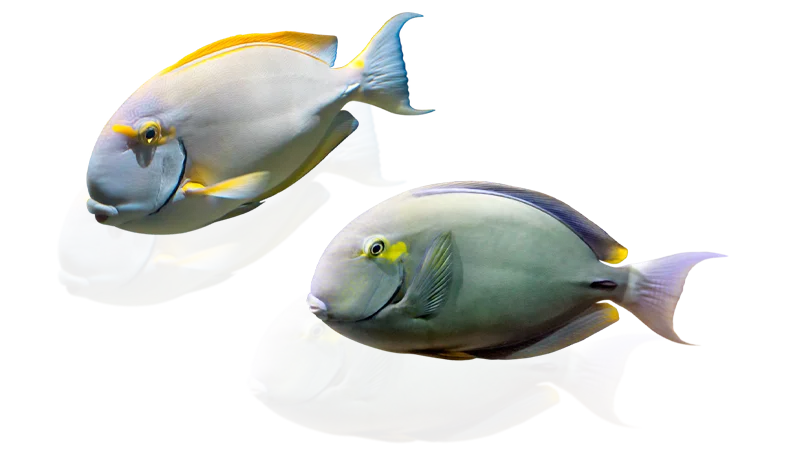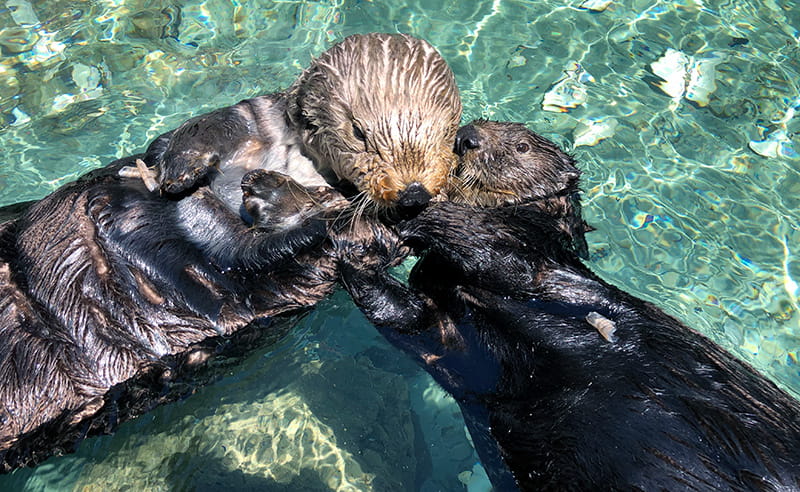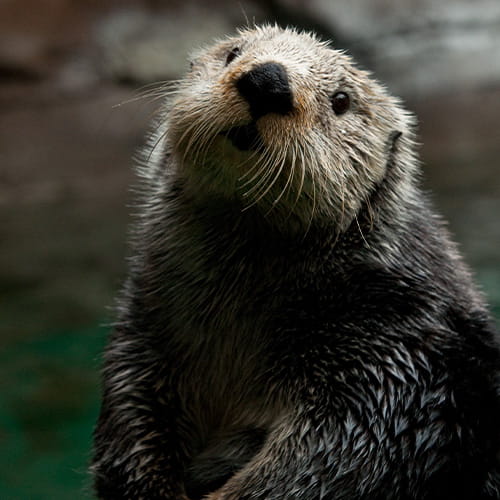- Invertebrates
Barnacles
These sedentary creatures lock onto (or into) objects and animals and include more than 1,000 species, most of which are marine crustaceans.
At the Aquarium
- Habitats throughout the Aquarium
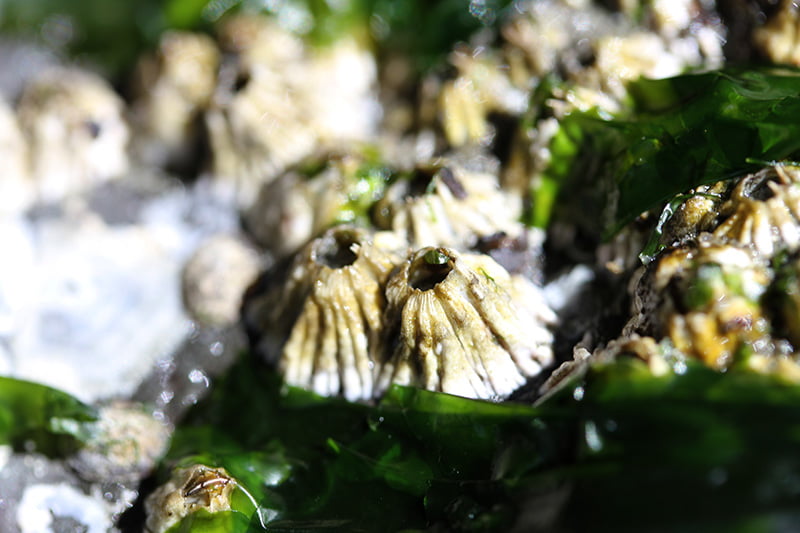
Legs turn into food-grabbing organs
That’s right! Barnacles begin their lives as swimming larvae and eventually attach to a hard surface (such as rocks, wood, animal shells, coral, etc.—and sometimes, for parasitic species, softer homes like a shark’s belly!). Once anchored, they metamorphose some of their swimming legs into feathery retractile organs called cirri, which they use to capture little food particles floating by.
Female? Male? Both!
Most, but not all, barnacle species contain both female and male reproductive organs. While they do occasionally self-fertilize, most barnacles fertilize with a nearby barnacle in a process called cross-fertilization.
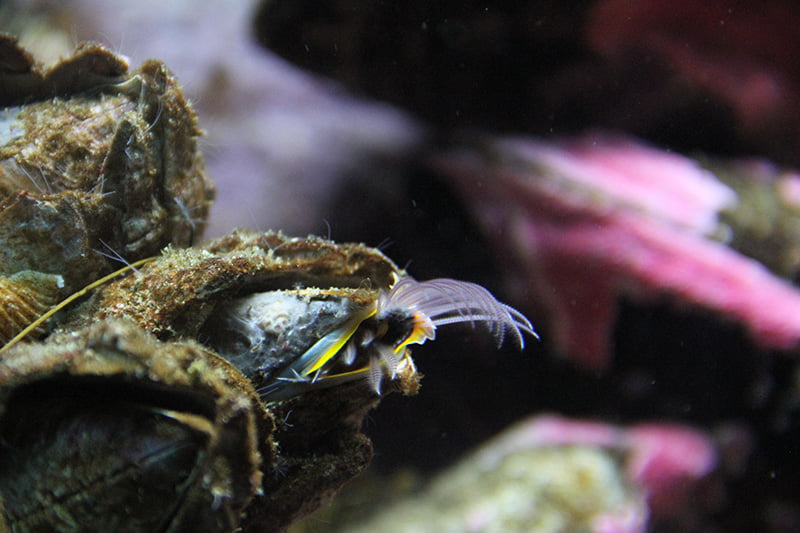
Invading ships and shells
Barnacles both attach themselves to and burrow inside objects. You may have seen them on a variety of surfaces—covering pilings and rocks or clinging to the hull of a ship or the outside of a crab; they even attach themselves to larger animals like whales. But what you might not have seen are burrowing barnacles. Some species live as parasites by invading host bodies, such as crabs and cnidaria, or occupying the inside of a hermit crab’s shell.
A crustacean by many names
Gooseneck barnacles, acorn or rock barnacles, burrowing barnacles, wart barnacles—these are the common names for some barnacle species. They vary in shape: some are stalked, some are not, some have symmetrical shells, some look like fungi.
Quick facts
Most barnacles contain both male and female reproductive organs.
Barnacles attach themselves to objects and animals, and some even burrow below the surface!
Some marine creatures, like grunt sculpins, use barnacles as protection and egg-laying sites.
